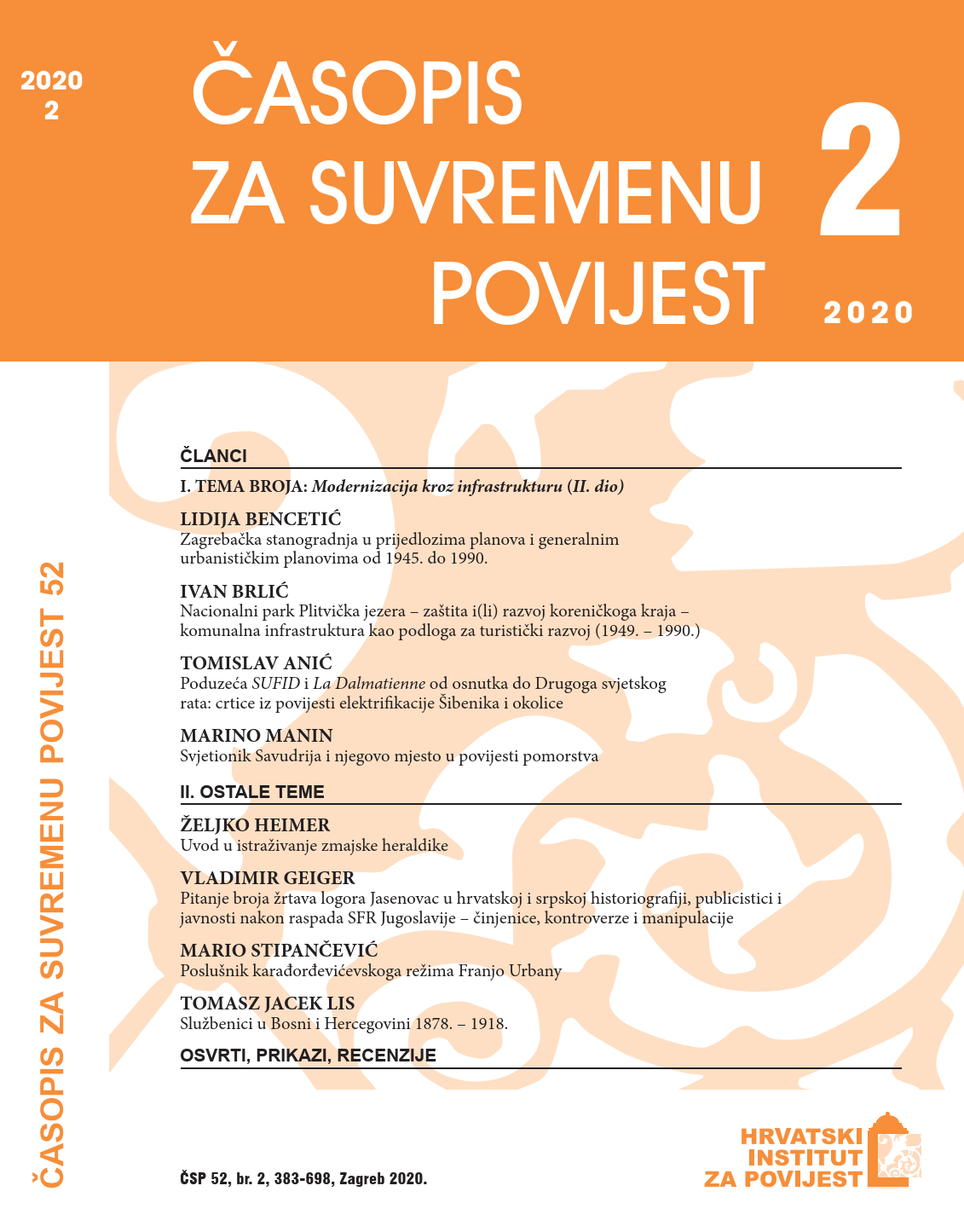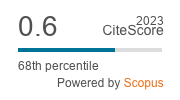The Savudrija Lighthouse and its Place in the History of Seafaring
DOI:
https://doi.org/10.22586/csp.v52i2.10539Keywords:
Savudrija; distilled gas; lighthouse; Pietro Nobile; Anton Domek; Johan Joseph von PrechtlAbstract
This study is mostly based on analysis of archival data from the State Archives in Trieste concerning the planning, construction, and opening of the lighthouse in Savudrija in the night of 17/18 April 1818. In the beginning, the lighthouse used distilled gas to produce its light; it was obtained from coal from the Raša Coal Mines. This process was exceptionally technologically innovative on the level of the Habsburg Monarchy and even the world, since a similar system of public city lighting was introduced in Vienna only in 1818, and in London in 1813. Considering the application of this facility for the functioning of a lighthouse, and according to the data available to the author at this time, it appears that Savudrija achieved a first in this area, which has since been completely forgotten. Namely, according to existing literature, the first lighthouse of this sort began functioning in 1865, when John Richardson Wigham designed a gas illumination system for the Baily lighthouse near Dublin. The gas lamp in the Savudrija lighthouse began to function 47 years earlier. However, since gas distillation facilities were still in their infancy at this time and had numerous technological weaknesses – for example, the lamps were prone to soot due to the lack of a sophisticated gas filtering and by-product separation system – and, despite the fact that this form of illumination was somewhat cheaper than oil-based systems, it was replaced by that older and simpler type of illumination in 1823.
Downloads
Published
How to Cite
Issue
Section
License
Copyright (c) 2020 authors and journal

This work is licensed under a Creative Commons Attribution-NonCommercial 4.0 International License.
Copyright holders are the publisher Croatian Institute of History and the authors. Journal of Contemporary History is an Open Access journal. Users are allowed to read, download, copy, redistribute, print, search and link to material, and alter, transform, or build upon the material, or use them for any other lawful purpose as long as they attribute the source in an appropriate manner according to the Creative Commons licence CC BY-NC. The papers published in Journal of Contemporary History can be deposited and self-archived in the institutional and thematic repositories providing the link to the journal's web pages and HRČAK. Journal does not charge article processing charges (APC). The editors assume no responsibility for statements of fact or opinion made by contributors.




